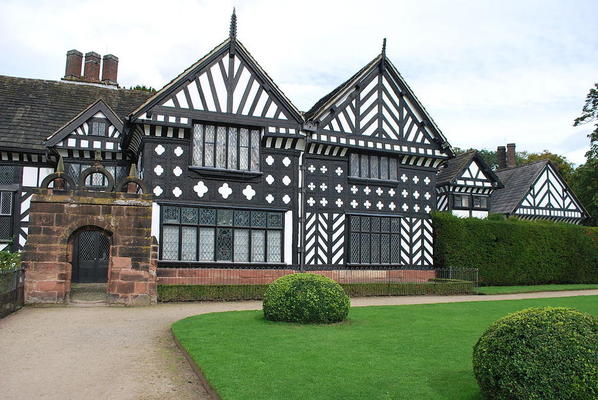TravelGumbo now draws your attention to Liverpool. It was the EU's 2008 Capital of Culture winner. It's a fantastic city with some of the best free museums I've seen anywhere. I've visited the city twice and was fortunate enough to follow GarryRF's tips(below) and I also enjoyed his and his family's warm hospitality
(Liverpool's Rubber Soul pub, made famous by the Beatles)
Here are Garry's tips (With added comments by me on some of my favorites):
First, for Beatles history: Start at Mathew Street, where the Beatles started at the Cavern Club in the 60's. Many other groups got their start there too. And the street is pretty neat in its own right.
First, for Beatles history: Start at Mathew Street, where the Beatles started at the Cavern Club in the 60's. Many other groups got their start there too. And the street is pretty neat in its own right.
Walk to William Brown Street (5 minutes), to the World Museum and Planetarium and call in for a (free) look. Then next door for the Walker Art Gallery. This is one my personal favorite art museums anywhere. Really well done and free of charge. (These 2 museums should take a full day)
When you leave, have a look across William Brown Street at St Georges Hall, a huge neo-classical building -considered to be the best example in the world.
http://www.stgeorgeshall.eu/
Taxi or a mile walk to Hope Street. Cathedrals at both ends of the street. Catholic one built in the 60's and the Anglican at the other end. The Anglican Cathedral was the largest in the world before the construction of St Johns in New York. Amazing architecture. Many of the gravestones outside have short biographies on them. They tell some interesting tales.
Taxi or walk to the Albert Dock. There's the Tate Gallery. It has modern art . I personally skipped that. Then there the Merseyside Maritime Museum which is by far my favorite museum in Liverpool. Its collections are like a combination of museums. My favorite inside the Merseyside was 'Emigrants to a New World Gallery.' It shows the starting history for many millions that arrived at Ellis Island. Also in the same building is the International Slavery Museum on the third floor that is quite worthwhile too. And believe it or not, free again.
http://www.liverpoolmuseums.or...migration/index.aspx
Short walk to the Pier Head. 3 of the finest old buildings you'll see anywhere in the world. Amazing interiors. Looking north you will see the Ferry Terminal. This is where millions of immigrants from Ireland and Europe embarked for New York in the 17 and 1800's, and where American troops landed during WW2.
Short walk to the Pier Head. 3 of the finest old buildings you'll see anywhere in the world. Amazing interiors. Looking north you will see the Ferry Terminal. This is where millions of immigrants from Ireland and Europe embarked for New York in the 17 and 1800's, and where American troops landed during WW2.
If you have time, go out of the city to do Beatles Tours, Penny Lane and Strawberry Fields etc. For real Beatles fans, there is also The Beatles Story - inside the Albert Dock.They charge admission for that one.
And a cool thing to do on your way out of town is seeing Speke Hall, Liverpool near the airport. Tudor, built 1490 and really maintained very well.
And a cool thing to do on your way out of town is seeing Speke Hall, Liverpool near the airport. Tudor, built 1490 and really maintained very well.
[Speke Hall Wikimedia/Sweetie Candykim]
John Lennon Airport in Liverpool is one of the best budget airports in Europe. Easy to get through, and flights are usually very cheap.
Just a start.I hope GarryRF will consider a "Hidden Liverpool" blog as well in the future. While Liverpool is now "discovered" for Europeans, a lot of Americans are still in the dark about this wonderful city.



Comments (16)